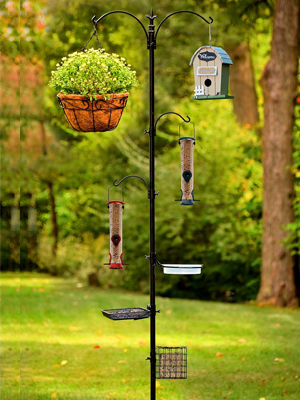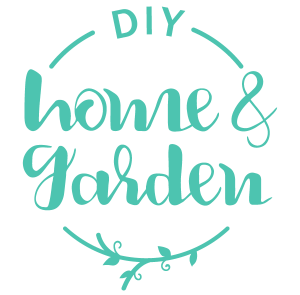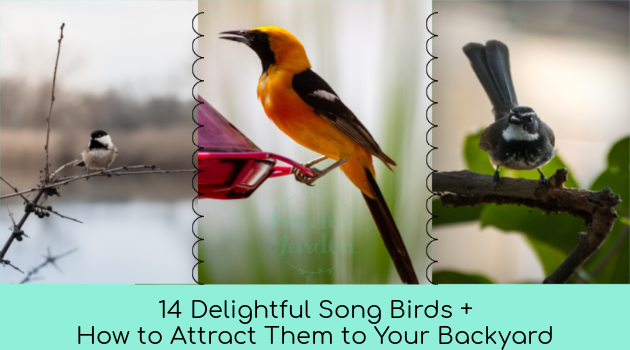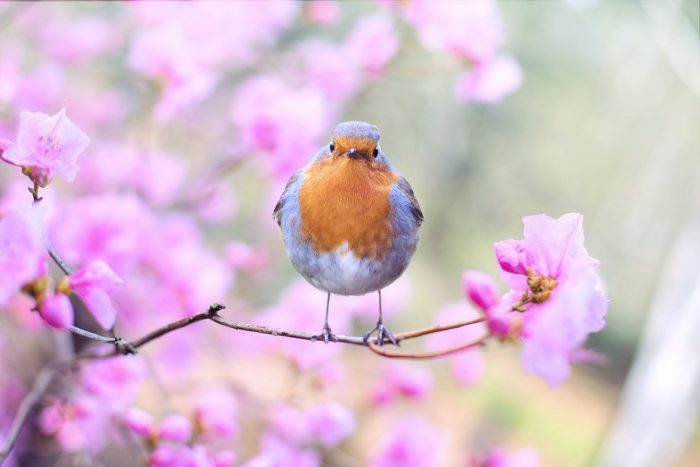Bird migration is a natural process in which different birds fly over thousands of miles to find the best ecological environment and habitats for breeding, feeding, and raising their young. When the conditions at breeding sites become unfavorable due to low temperatures, these birds migrate to more favorable conditions.
Migratory birds provide ecosystem benefits. Beneficial outcomes include pollination of plants and pest control. These birds are also a source of recreation for millions of bird watchers and enthusiasts who provide food and design backyard habitats to attract various species throughout the year.
How Do Birds Know When to Migrate?
When spring comes, some bird species start winging their way northward, where they can choose territories, mates, and safe places to build nests. But what activates a bird to migrate may differ from species to species. The main reason a bird migrates is that some birds are hardwired to make the trip at a specific time, known as obligate migration.
At the same time, others take cues from environmental conditions such as food supplies and warming temperatures, known as facultative migration. Both kinds of migration can disclose something about the birds. For some birds, the drive to migrate is driven by instinct. They will take off and arrive at the same time, year after year.
As you know, bad weather can delay things, but the good thing about these birds is that they stick closely to the schedule. If your corner of the world is enduring an early spring, these birds will not arrive any earlier. The birds migrate in regards to physical changes in the environment.
In the fall and winter seasons, they may be induced to migrate to reach better food supplies. In the spring, warming weather might prompt them to make the trip. During migration season, you must help birds to get the energy they need. You can keep your feeders filled with high-quality bird food so that the migrating birds can feed themselves.
 How Can You Help Birds Migrate Safely?
How Can You Help Birds Migrate Safely?
Following are some ways that will help the birds migrate safely:
1 – Set Up a Feeding Station in Your Backyard to Helps Birds When They Migrate
As you know that creating a bird feeding station in your backyard is a little more complicated than just hanging a local bird feeder and filling it with some cheap food that you may find at the store. Birds are spirited creatures that have both needs and wants. If you attract the widest variety of species possible, you need to learn how to be a fantastic host that leaves your feathered friends satisfied and feeling safe.
Your bird feeding station plans can be as simple or elaborate as you want. You can pay out a lot of money or almost none at all. Everybody has different goals for their backyard so that you can make it according to your choice.
2 – Plant Foliage Where the Birds Can Rest Safely
You can add foliage plants in your home for the birds where they can rest safely. By incorporating native habitats into your landscapes, you can create natural pathways for birds to pass back and forth through their natural ranges.
This is especially essential for areas that have been impacted by development. You can also leave a dead tree or some dead branches on living trees. As you know that the extensions or trees are not in danger of falling on people, buildings, or power lines, these make excellent resting places and singing places for birds. Many birds also like to make a nest in the cavities of dead trees or branches.

3 – Close Your Window Blinds
Windows are a bird’s worst enemy. Birds cannot understand the idea of a reflection instead of seeing a window; they see the reflection of trees or sky instead of a pane of glass.
You should partially or fully close your vertical blinds. This position will provide the best visibility for birds. In addition, it helps to move plants away from windows so that the birds may see them as something to land on. You need to attach the window screens at least two inches from the window so that when you pull the screen tightly, birds can bounce off to safety.
4 – Dim Your Lights at Night
Birds navigate during migration using celestial cues, and when they cannot see stars on a cloudy night, they get confused by bright city lights. Turning off building lights at night can save migrating birds from crashing into buildings. While mornings can throw birds off their migration paths, bird fatalities are more directly caused by the amount of energy they waste flying around and calling out in confusion. The exhaustion can then leave them vulnerable to other urban threats.
5 – Keep Your Pets Inside During Bird Migration Season
Outdoor pets are dangerous for the birds during migration. Dogs and cats cause many birds to fail to reach their destinations during spring and fall migration. Cats are lovable pets, but they are also instinctive predators. One cat alone may kill up to 55 birds each year. So it is best to keep your pet on a leash or in an enclosure to protect migratory birds so that the birds can migrate safely.
6 – Provide Nesting Material If You Live in the End Destination
Do you live in an area that’s an end destination for migrating birds?
Natural materials that birds could find on their own are good baselines for nesting components. You can collect twigs or small sticks to pile or loosely bundle together in your yard by allowing the birds’ easy access to materials they would otherwise have to search for. Birds often use nesting material offered to them to build their nests and insulate roosting cavities in the winter.
The Bottom Line on How to Help Birds Migrate Safely
You can help the safe migration of your favorite songbirds by following the tips mentioned earlier. Adopting these new habits will make it easy for you to take care of the birds without any problem.





